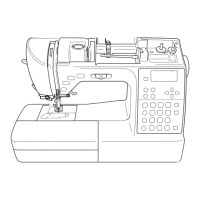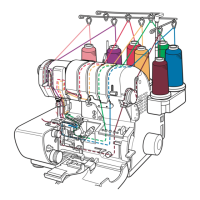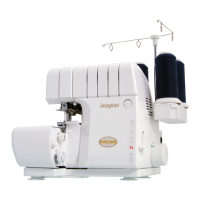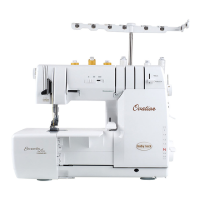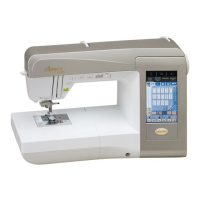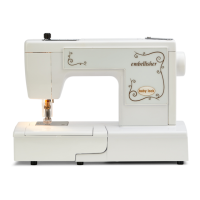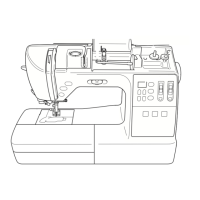Why is the pattern misaligned on my Baby Lock Destiny BLDY?
- JjaredclarkJul 29, 2025
Pattern misalignment on your Baby Lock Sewing Machine can occur if the upper thread tension is too loose or the bobbin thread tension is too tight. To fix this, refer to “ADJUSTING BOBBIN WORK THREAD TENSION” and increase the upper thread tension. If the pattern remains misaligned, reduce the tension of the bobbin thread.




